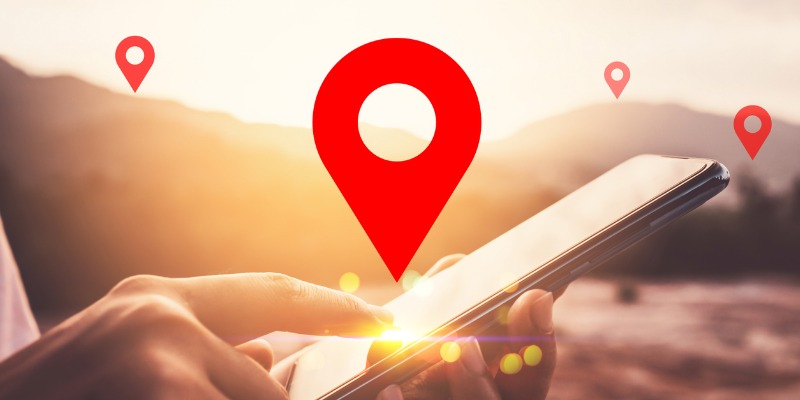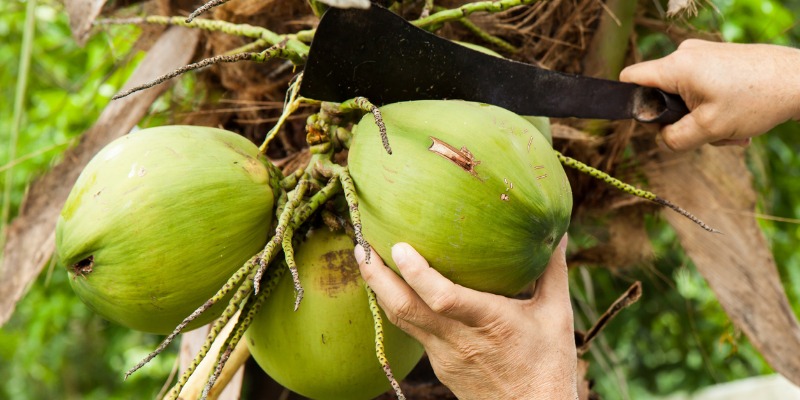Geofencing – Google Local Campaign (Here is how it works)
Consumers are being targeted frequently by marketing organizations/individuals giving them just enough information to feel like they are missing out on something great. One way that marketers achieve this is by geofencing ads.
What is geofencing?
Geofencing simply means to isolate a portion, usually a radius around your physical location to create a fenced off area that can be used for ad targeting. Geofencing uses GPS or Radio Frequency Identification to trigger ads when a consumer enters your Geofence.
This can be achieved with a Google Local Campaign which is mostly automated.
The objective? To drive in-store visits.
To create a campaign, a store location will need to be defined either by linking the client’s Google My Business Account or Selecting Affiliate Locations if their products are sold in affiliate stores. The ads are eligible to show across several Google platforms (Search, Display Network and YouTube) and can be created quickly with a few image assets and text. As with any other campaign, a daily budget is required.
Still a little bit confused? Let's use an example.
How Can Geofencing Help Me?
Let’s pretend you own a coconut farm called Co-Co Coconuts. At your farm you have a store that sells all sorts of coconut related products. You want to set up a Google Local Campaign so that you can have your ads show up to individuals who come into a 5-kilometer radius of your farm and store. When an individual’s phone enters your radius, as seen by their GPS location or Radio Frequency Identification, Google knows to expose them to your ads.
So what?
Now that these individuals who are in your area, they will be more likely to come to your coconut farm for all their coconut needs. These types of paid ads are an invaluable tool because it drives local traffic to local businesses and keeps these businesses top-of-mind for consumers who are exposed to these ads.
That’s great, but how else can location targeted ads help?
Great question. Google Local Campaigns can help expose consumers in your area to your ads, but how does that help you take a bigger chunk out of the market share?
Well, targeted ads can be used a bit more strategically.
Geotargeting Strategies
Using our example from earlier, consider Co-Co Coconuts has a competitor ACME Coconuts, 10 kilometers North West of your farm. ACME Coconuts is outside of your 5-kilometer radius. You could extend your radius to 10kms, but then most of the space that your ads are targeted to is over the ocean to the South East, and you’re pretty sure pirates aren’t interested in your coconut body butter just yet.
This leaves you with two options:
- Extend your area only North West of your farm so that consumers who may be visiting ACME Coconuts see your Co-Co Coconuts ads, which will also cover the space between your farm and your competitors.
- Or, target ACME Coconuts specifically. This would mean that when a consumer enters the ACME Coconuts farm, they will begin to see targeted ads for Co-Co Coconuts driving them to your store.
There are many different strategies that targeted location ads and Google Local Campaigns can use to help bring you the best quality leads and conversions. According to Google, conversions are tracked as in store-visits using the same technology by determining if a user has visited the store after seeing an ad. More information directly from Google is available here.
Google Maps Ads
Another update has occurred linking Google Local Campaigns more tightly to Google Maps.
The new Google Maps ads are designed so that when consumers are searching online, particularly on a mobile phone, businesses become more visible to them.
In the coming months, Google will unveil new formats for maps ads and features. These new features will be designed to help drive foot traffic to your physical location. Some of these features include promoted pins, where a brand logo appears as a pin, promotions, business pages and inventory search, right from within the Google Search, and Google Maps App.
What Google is doing here is optimizing the use of Google Maps so that users see ads without realizing these are ads for businesses since the ads are placed on top of the physical location of the business on the map. This way the ads are also not a distraction while driving. The new local search ads will appear within the Google Maps app, on the Google Maps mobile, desktop, and tablet sites, and on Google.com.
So why is Google doing this and making these changes? Well here are some interesting facts about why bridging the gap between the online and physical world are of utmost importance for marketers.
- The majority of purchases still happen in a physical store
- Nearly a third of mobile searches are related to location.
- Location-related searches have grown 50 percent faster than mobile searches overall last year.
- Over a billion people worldwide use Google Maps.
- Three out of every four people who search for something nearby using their smartphone end up visiting a store within a day, and 28 percent of those searches result in a purchase.
Additionally, local pages are getting a new look, all designed to increase foot traffic to your store.
When someone taps on a local search ad, they'll be taken to a page that advertisers or business owners can customize. The local pages will include important business details like store hours, phone number, address, and directions.
Businesses also have the opportunity to highlight offers and allow people to search for items in your store's local inventory. The new local search ads are currently being tested and haven’t rolled out officially. Google hasn't revealed an exact date when the ads will become more widely available, but it is a safe bet they will begin to start rolling out to more businesses soon.
Are you interested in setting up an outstanding Google Ads Campaign? Contact us today, and let’s work together to get you the best quality leads around.
Download your FREE copy of 10 PPC Landing Page Tips to Accelerate Your Revenue.


